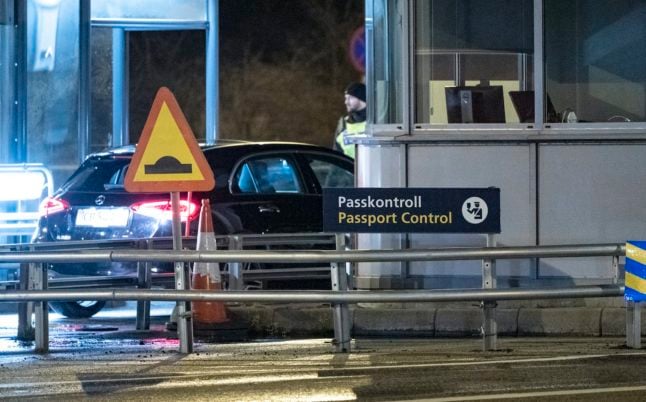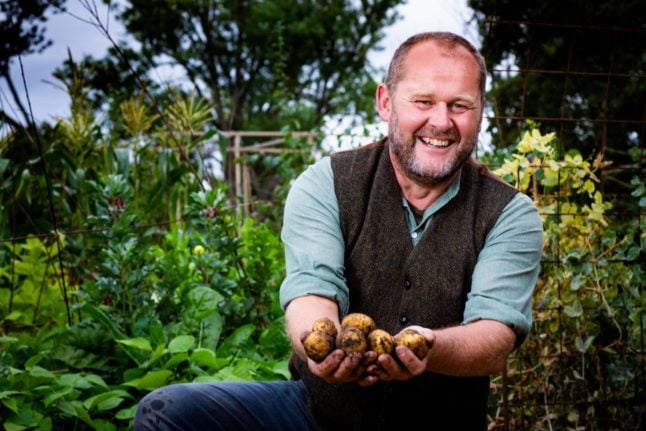What is an uppehållstillstånd?
Firstly, an uppehållstillstånd or residence permit is required for legal residence in Sweden for non-EU citizens, as well as EU citizens without EU right of residence.
Note that this is not the same as an uppehållskort, which is for non-EU citizens living with a non-Swedish EU citizen, nor is it the same as an intyg om permanent uppehållsrätt for EU citizens or uppehållsstatus for Brits here under the rules of the withdrawal agreement.
Residence permits are granted to those wanting to work, study or live in Sweden, including those who came to the country as family members of other residents or as refugees.
The criteria you must fulfil to be granted a residence permit depend on the reason you are in Sweden and your personal situation.
If you are granted a residence permit for Sweden, you will be issued with a residence card or uppehållstillståndskort, as documentation of your residence rights.
The card itself is a plastic card the size of a credit card and displays your photo. It also includes a chip containing your biometric data. You will be required to attend an appointment to submit biometric details to the Migration Agency, either at one of its offices or at your closest Swedish embassy or consulate, if you’re applying from outside the country, after which the agency will be able to produce your residence card.
So, do I need to carry the card with me at all times?
Technically, no, but it’s best to always know where it is, as you will need to be able to show it when asked.
A press officer at Sweden’s Migration Agency told The Local that it’s a good idea to carry it with you at all times, although there’s no specific requirement for residence permit holders to do so.
“We can’t comment exactly on the situations in which other authorities, such as the police or healthcare services would need to see your residence permit card, but our general advice is that it’s a good idea to carry your residence card with you at all times, like any other form of ID, such as a driving licence, for example,” she said.
According to the Migration Agency’s website, you should always have it with you when in contact with Swedish authorities or healthcare, as it proves that you have the right to live in Sweden.
“According to the Aliens Act, foreigners in Sweden must show a passport or other document showing they have the right to live in Sweden, when asked by a police officer,” police press officer Irene Sokolow told The Local.
“[The foreigner] is responsible for proving their right to be in Sweden, as well as their identity and the day and time they arrived in Sweden, if relevant. They are, however, not required to carry their identity card or passport with them.”
One situation where you should have your card with you is when travelling over the Swedish border, where you should always present it to border police along with your passport. This ensures you’ll be registered correctly as a resident when exiting or re-entering the country, rather than as a tourist.
One reason why this is important is that non-EU residents can only visit Schengen for 90 days in every 180-day period without needing a residence permit or other visa, so if you’re falsely registered as entering Sweden as a visitor, this 90-day countdown will start.
If you’re then discovered living in Sweden past the 90-day deadline, your false registration as a tourist could lead to you being branded an overstayer, which could affect your chances of getting a residence permit in the future, as well as your chances of being allowed to enter other Schengen countries.
Where else might I be asked to show my card?
Sweden’s police are also able to carry out so-called inre utlänningskontroller, special controls to identify people living in Sweden illegally, if they have reason to believe the person in question does not have a permit or visa to live in Sweden.
These can take place anywhere within Sweden, including at workplaces suspected of hiring people without valid residence permits, so at least in theory, you could be stopped by police anywhere in the country and asked to show your residence permit if they have reason to believe you’re living here illegally.
“When an inre utlänningskontroll is carried out and the person in question does not have any such documents with them, the police can check their status with the Migration Agency,” Sokolow told The Local.
Legally, the police have the power to confiscate your passport or other ID document if you can’t prove you have the right to be in Sweden when asked, although this will be returned to you when you provide them with a valid residence permit card or when they receive other proof that you have the right to be in the country.




 Please whitelist us to continue reading.
Please whitelist us to continue reading.
You don’t legally have to carry it but if you don’t and are asked to show it by police – which can happen any time and place – you will presumably be taken into custody until you can produce it.
“You can do this, but if you actually do this you could be arrested, so be lucky!” is not great advice from a government agency.
Or do I misunderstand?
I’d love to know how many uppehållstillstånd are checked in inre utlänningskontroller versus how many had to be reissued because they were lost or stolen while being carried around outside the safety of the home.
I know where it’s safer to keep critically important residency documents, and it’s not in your wallet or handbag.